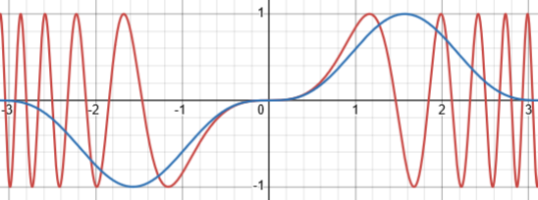logistic_guy
Senior Member
- Joined
- Apr 17, 2024
- Messages
- 1,610
here is the question
Evaluate the definite integral ∫01sinx3 dx to the indicated accuracy.
my attemps
is it possible to solve integration to 10 decimal places?
my first attemb to use the trigonometric identity sin3x=sinx3
when i use x=0.1,0.2,0.3, they give different values but when i use x=0,1 they give the same values. 0 and 1 are the integration limit and their values fit the trigonometric identity
if i solve ∫01sin3x dx how to compare it with ∫01sinx3 dx when i don't know the result of the original integration?
Evaluate the definite integral ∫01sinx3 dx to the indicated accuracy.
my attemps
is it possible to solve integration to 10 decimal places?
my first attemb to use the trigonometric identity sin3x=sinx3
when i use x=0.1,0.2,0.3, they give different values but when i use x=0,1 they give the same values. 0 and 1 are the integration limit and their values fit the trigonometric identity
if i solve ∫01sin3x dx how to compare it with ∫01sinx3 dx when i don't know the result of the original integration?

